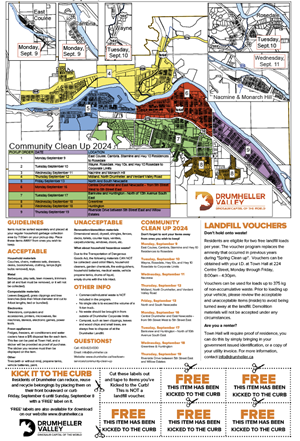
An Alberta author is digging into the Drumheller area’s history in his latest work about a brutal incident dating back to 1935.
Richard Mole has written a few books on Canadian History including the Rebel Women of the West Coast and The Chilcotin War. His latest work follows the path of a brutal crime spree that resulted in the death of four law enforcement officers.


























